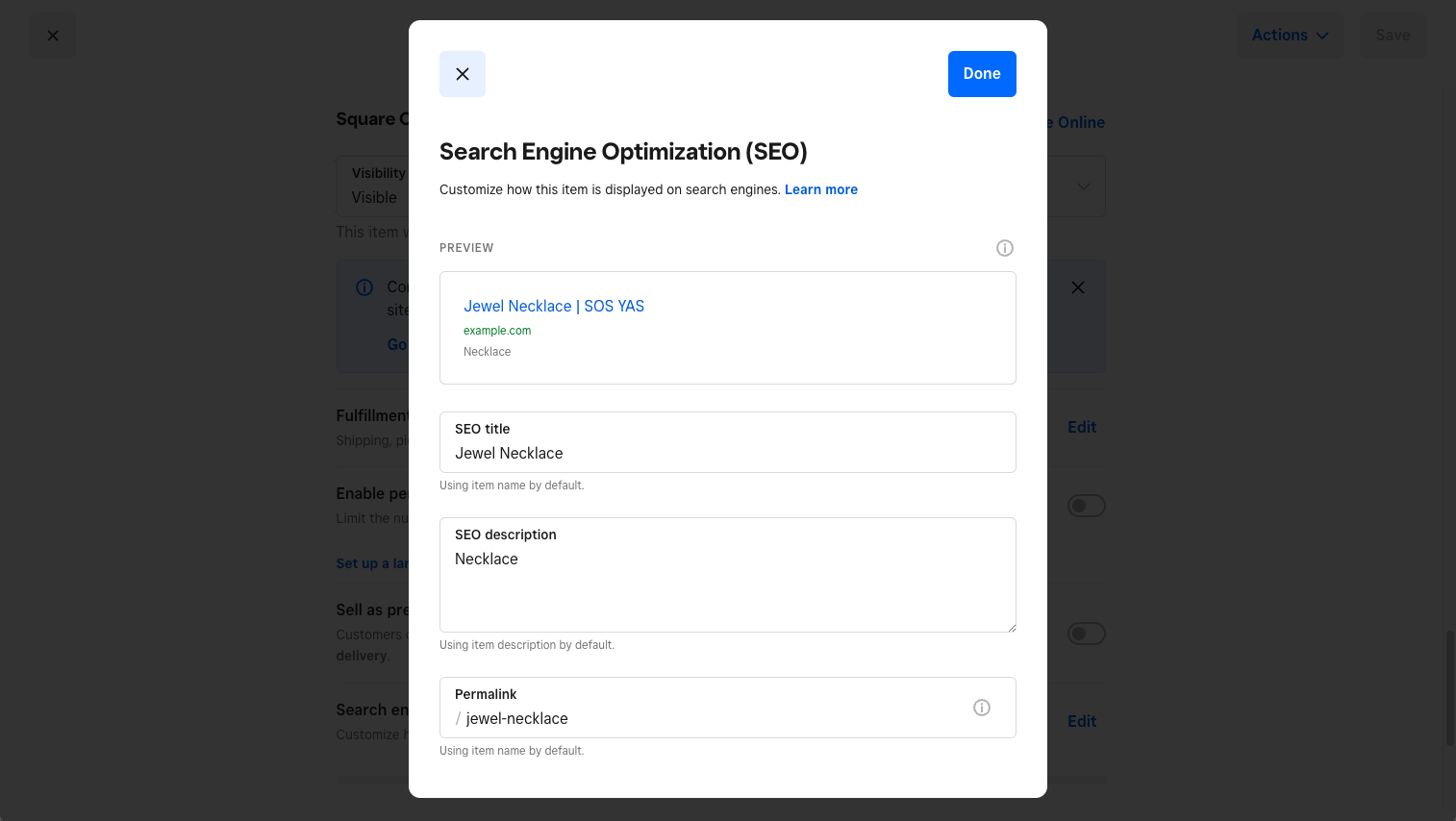Unveiling the Unconventional Mediums in Google Analytics Beyond Default Settings
In the realm of electronic analytics, Google Analytics stands as a keystone for services seeking to understand their online visibility. By venturing past the surface and delving right into the details of social media information, email campaign efficiency, recommendation web traffic sources, straight website traffic patterns, and custom-made channel groupings, a prize chest of information awaits those eager to accept a more nuanced approach.

Leveraging Social Media Site Insights
Occasionally ignored, yet tremendously beneficial, is the practice of leveraging social networks understandings within the realm of Google Analytics. By incorporating information from systems like Facebook, Twitter, Instagram, and LinkedIn right into Google Analytics, services can obtain a deeper understanding of their audience and the performance of their social media campaigns.
With this assimilation, online marketers can track and examine user habits on their internet site that stems from social media platforms. They can determine which social media sites channels are driving the most traffic, which content is resonating with the target market, and which projects are transforming one of the most leads. This understanding allows for data-driven decisions to optimize social networks methods and boost total advertising and marketing performance.
Furthermore, by combining social media insights with Google Analytics, companies can produce a lot more targeted and customized projects - what is not considered a default medium in google analytics. They can make use of group details, passions, and on-line actions collected from social media sites to improve their target market division and provide tailored messages that reverberate with certain customer teams. This targeted technique can result in higher engagement, boosted conversions, and eventually, enhanced roi
Uncovering Email Campaign Efficiency
Revealing Email Campaign Efficiency entails evaluating crucial metrics and performance signs to evaluate the efficiency of e-mail marketing efforts. When delving right into e-mail campaign performance, it is critical to assess metrics such as open rates, click-through prices, conversion prices, and unsubscribe rates. By evaluating these metrics, marketing experts can fine-tune their email projects for better interaction and efficiency.
Studying Referral Web Traffic Sources
After reviewing the efficiency of email campaigns through essential metrics such as open rates and conversion rates, the next vital action is assessing referral traffic sources in Google Analytics to understand where website visitors are coming from and how they interact with the site. Referral traffic sources refer to the websites that direct users to your website via clickable web links. By diving into this data, companies can acquire insights into which external systems are driving website traffic to their website, whether it be social networks platforms, partner websites, or online directory sites.
It aids companies recognize high-performing referral resources that add considerably to internet site traffic and conversions. Google Analytics uses thorough reports on recommendation traffic, allowing services to track the efficiency of each referral source properly and make data-driven choices to enhance their on the internet visibility.
Exploring Direct Web Traffic Patterns
Checking out the straight traffic patterns in Google Analytics provides important insights into individual habits and the efficiency of projects - what is not considered a default medium in google analytics. Direct web traffic refers to visitors who arrive at a web site by directly inputting the URL into their browser, using bookmarks, or clicking on untagged links. Recognizing straight website traffic important source patterns can aid online marketers assess the impact of offline marketing efforts, brand name acknowledgment, and the efficiency of word-of-mouth recommendations
By delving right into straight web traffic data, businesses can uncover critical details regarding individual intent and brand commitment. Examining the habits of direct site visitors, such as the web pages they go to, the time invested in site, and the conversion rate, can give a much deeper understanding of individual engagement and the total performance of the site in converting site visitors into customers.
In addition, tracking direct traffic patterns with time enables organizations to identify fads, seasonality impacts, and the success of specific projects or promotions in driving straight check outs. This information can after that be used to fine-tune marketing approaches, enhance website material, and enhance the general user experience to make the most of conversions.
Making Use Of Customized Network Groupings
Utilizing personalized channel collections in Google Analytics allows services to classify and evaluate their internet site traffic based upon details standards, offering useful insights for enhancing advertising and marketing techniques. Custom-made channel groupings allow firms to create their own tailored groupings of web traffic resources, such as social media, organic search, email projects, and reference traffic. By defining these collections, organizations can gain a deeper understanding of exactly how various marketing channels add to their web site web traffic and conversions.
This attribute is specifically beneficial for businesses with varied marketing approaches throughout numerous platforms. For example, a firm running both paid and organic social media projects check out this site can separate between both to assess their individual performance precisely. Furthermore, customized network groups can assist determine any neglected or underestimated web traffic sources that may be driving beneficial interaction.
Verdict

By venturing beyond the surface and diving into the intricacies of social media information, e-mail hop over to these guys project efficiency, referral traffic resources, straight web traffic patterns, and custom-made network collections, a treasure trove of information awaits those willing to embrace a more nuanced strategy. They can recognize which social media channels are driving the most traffic, which material is resonating with the audience, and which campaigns are converting the most leads.After reviewing the performance of email campaigns through crucial metrics such as open rates and conversion rates, the next critical step is examining referral traffic resources in Google Analytics to understand where website visitors are coming from and exactly how they communicate with the website. Custom-made network groupings allow business to create their own personalized collections of web traffic sources, such as social media, natural search, e-mail projects, and reference website traffic. By leveraging social media understandings, discovering e-mail campaign performance, assessing referral website traffic sources, discovering straight website traffic patterns, and using custom channel groupings, marketing professionals can gain valuable understandings into their on-line presence.
Comments on “A Thorough Look at What Is Not Considered a Default Medium in Google Analytics”